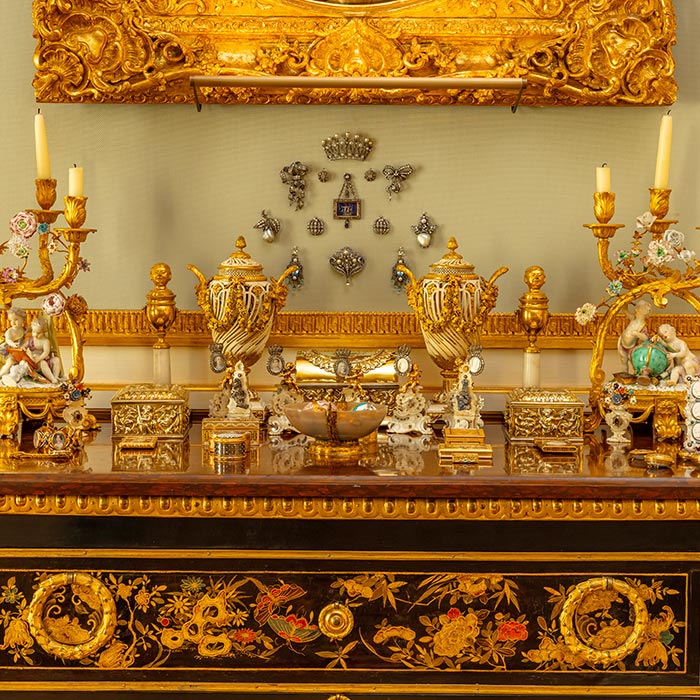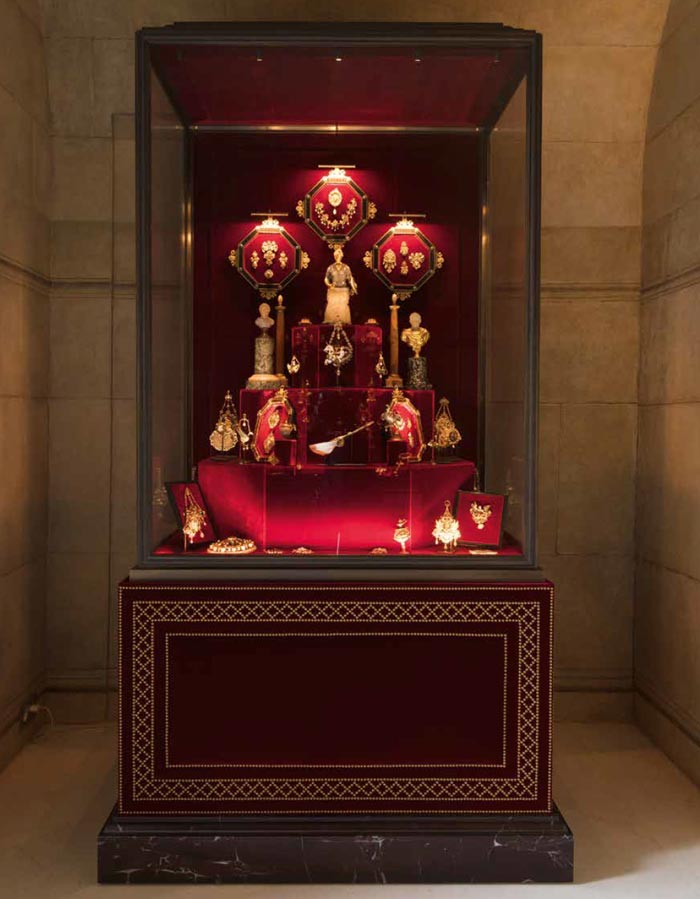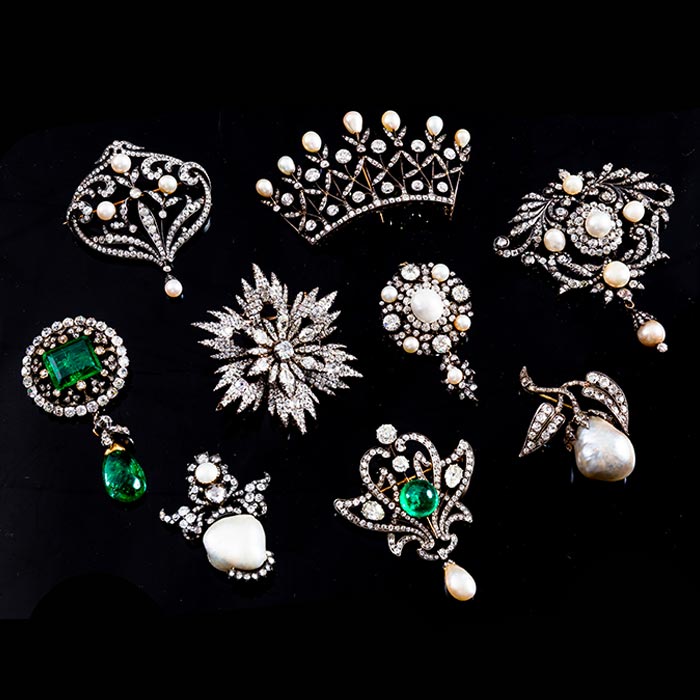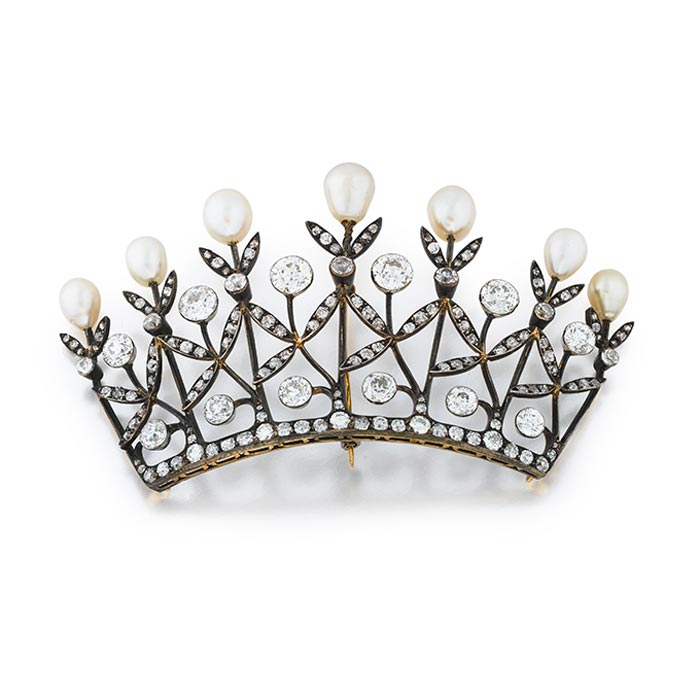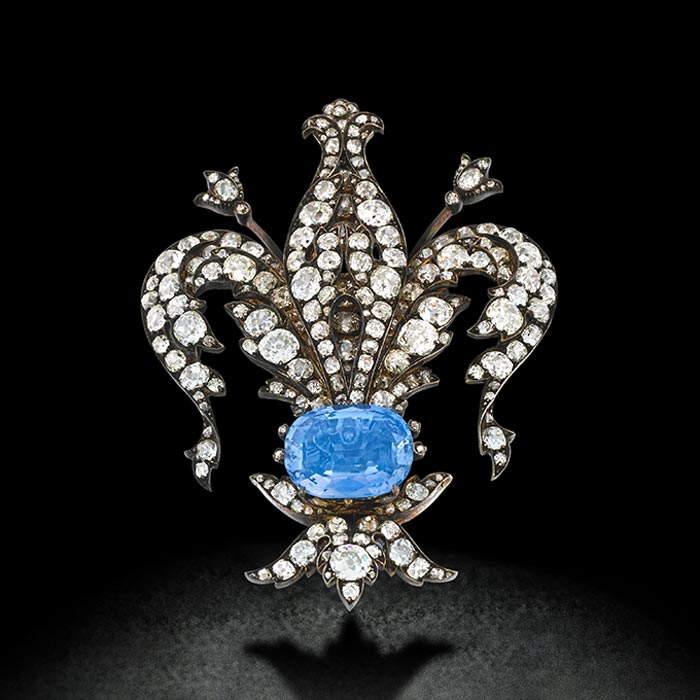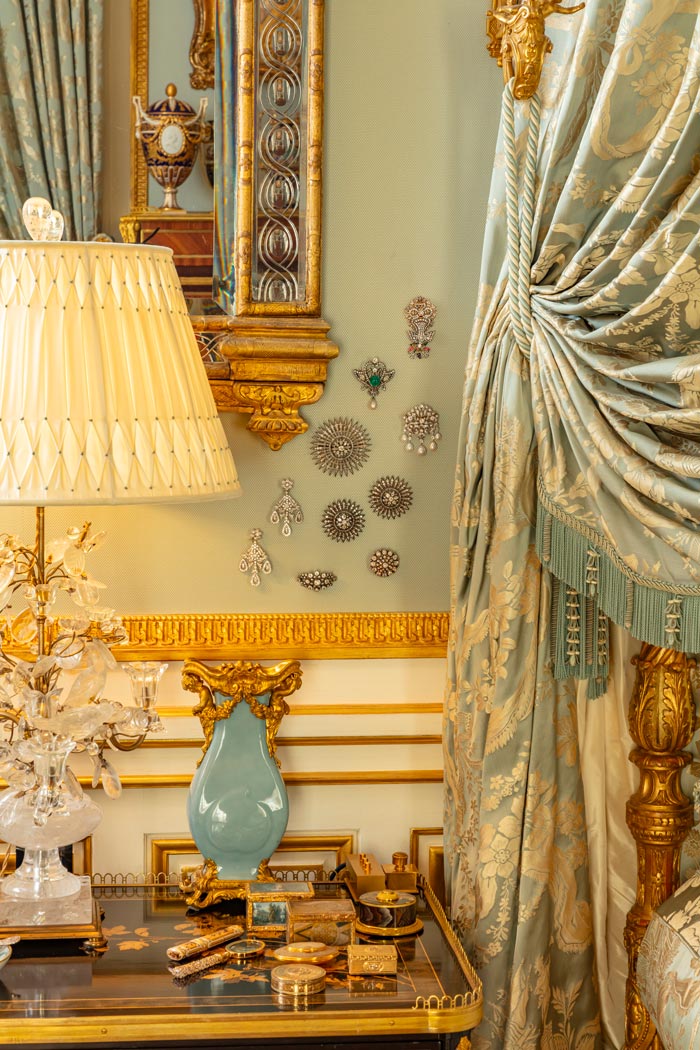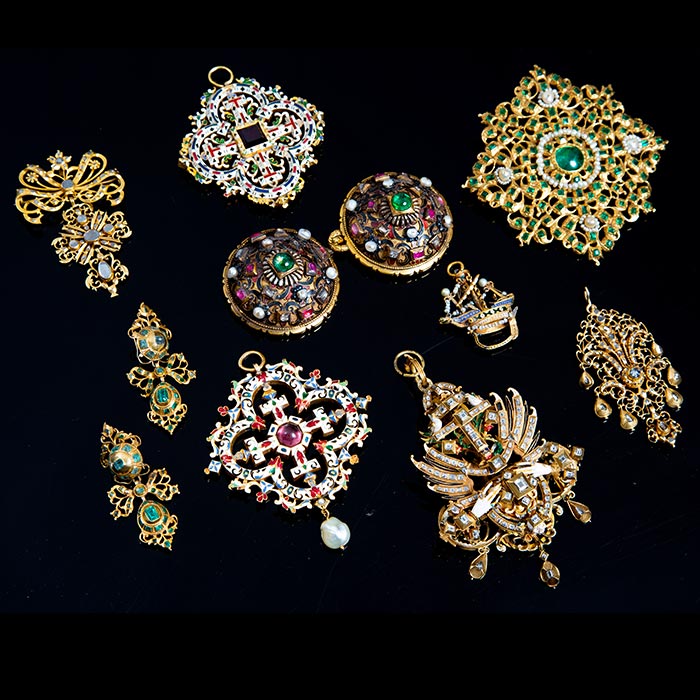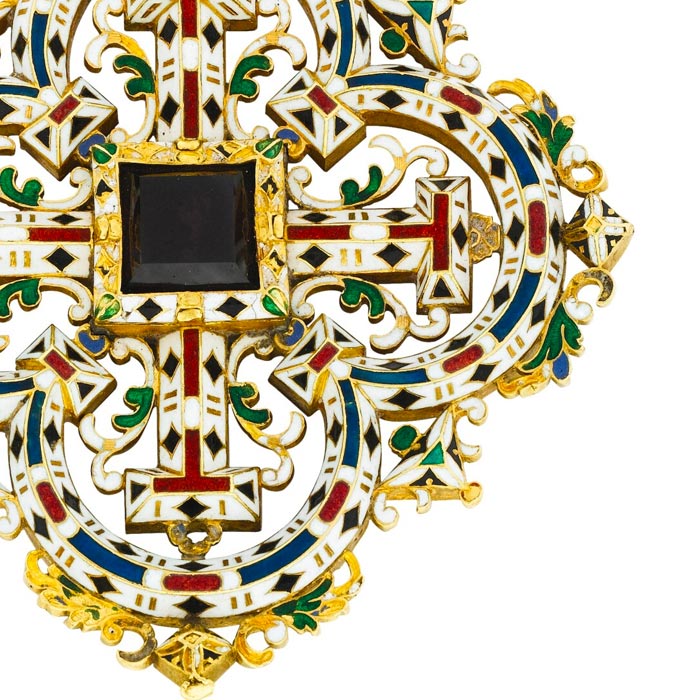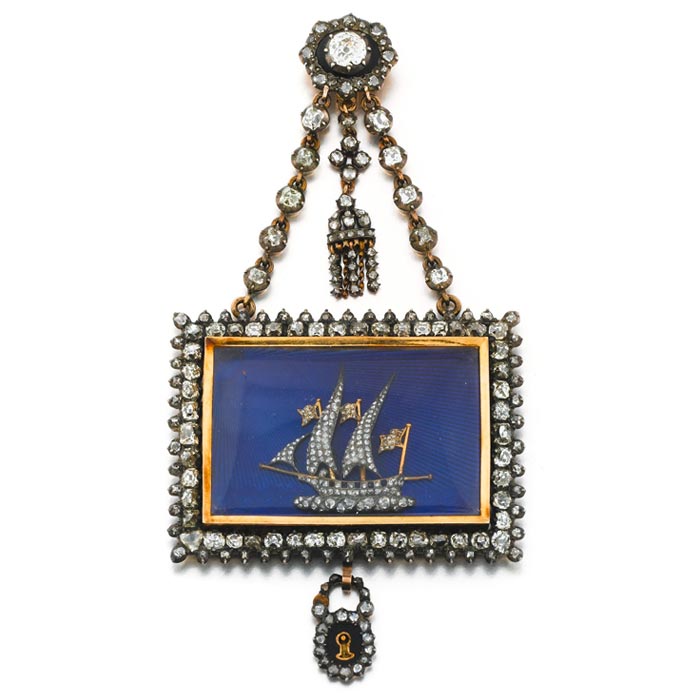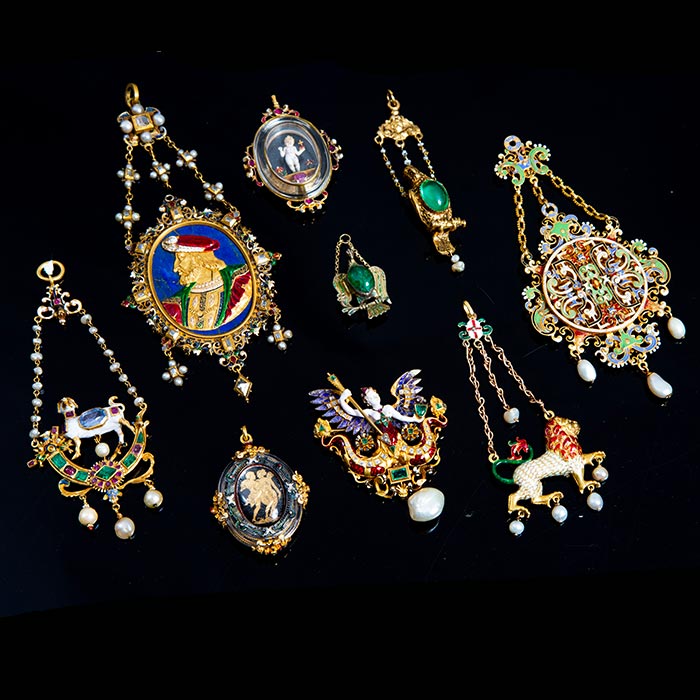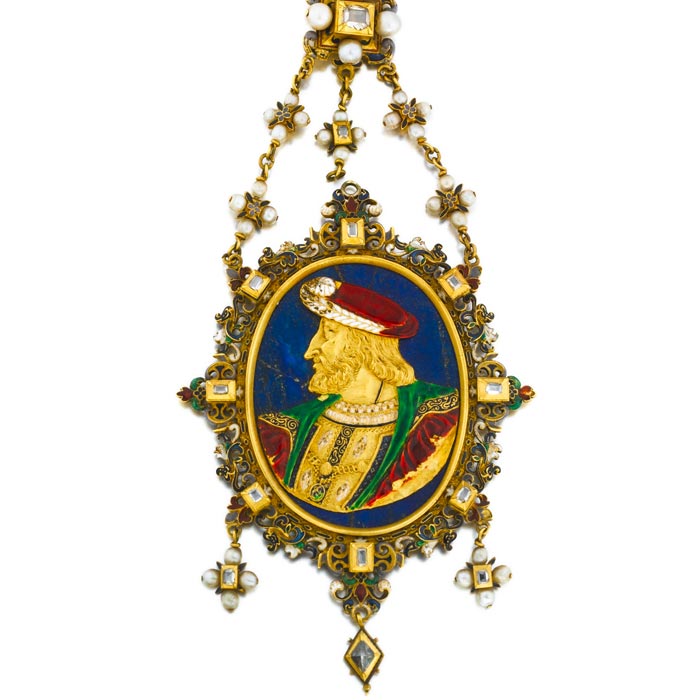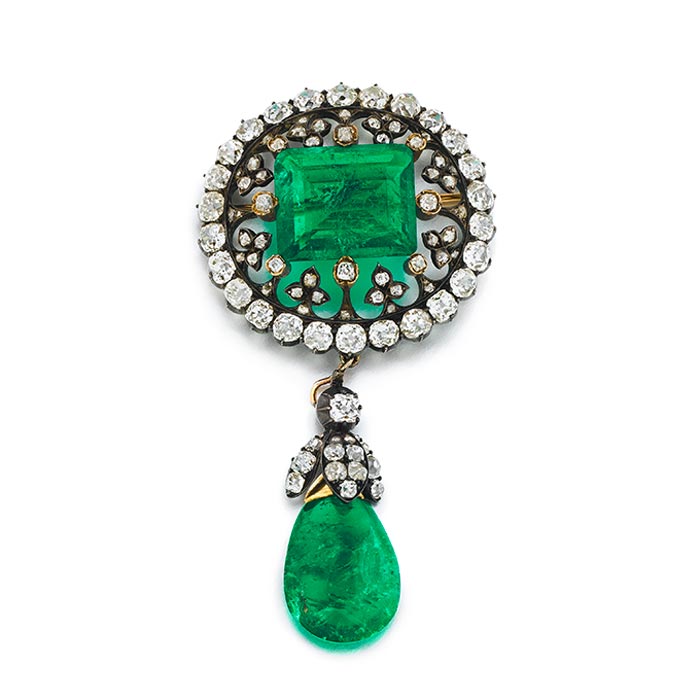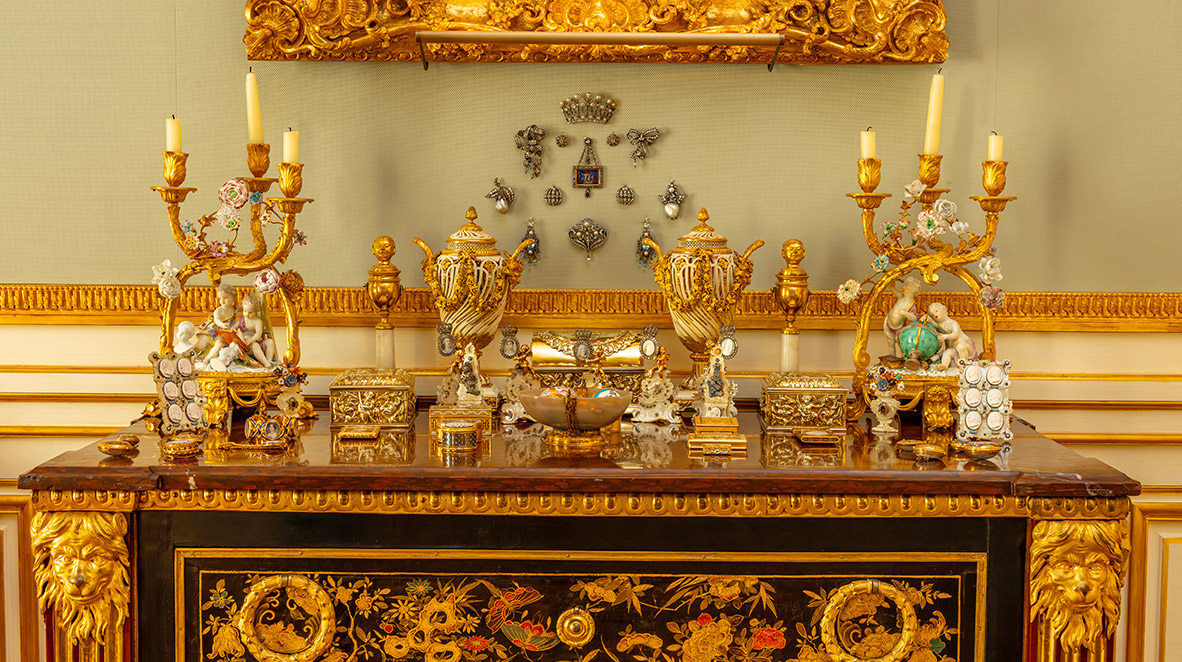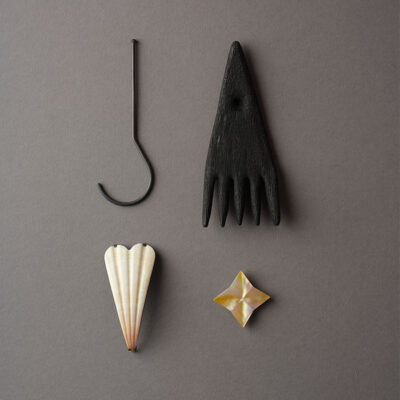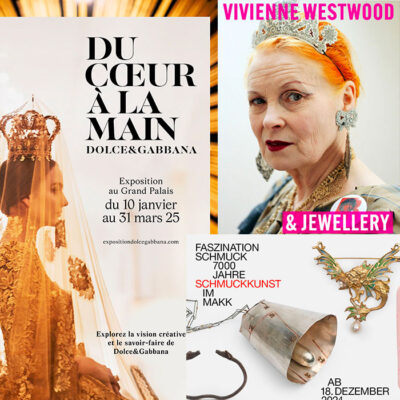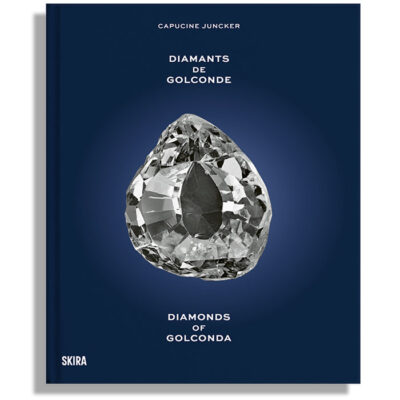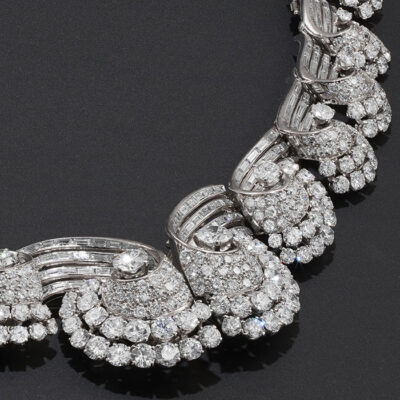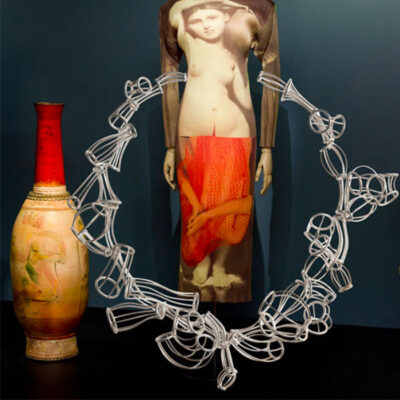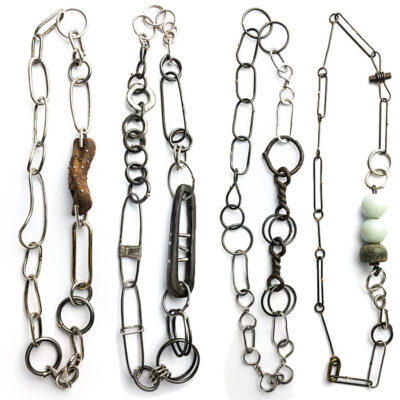My agenda
22 September 2022
Share
Jewelry in Hôtel Lambert auction, Sotheby’s
Sheikh Hamad Bin Al Thani is associated with lavish Indian jewelry. Surprisingly, the hundred or so pieces of European jewelry from his immense collection at the Hôtel Lambert, to be sold on October 14 at Sotheby’s, are more affordable and more humble. The collection is imbued with a very personal touch.
By Sandrine Merle.
At the Hôtel Lambert in Paris, his residence located at the tip of the Ile Saint Louis, Sheikh Hamad Bin Al Thani did not store away his jewelry collection in a safe. While some jewels were displayed in showcases, “others were hung in groups on the wall like small paintings,” explains Magali Teisseire, director of the jewelry department at Sotheby’s in the French capital. Not to mention a marquetry chest of drawers and an 18th century painting, while nearby vases flirt with thick brocade curtains. Note to decorators: perhaps not your average use of pendants, brooches and earrings!
A stunning setting
“These jewels reflect the very personal vision of a collector, they were chosen to contribute to the atmosphere of the Hôtel Lambert,” continues Magali Teisseire. An atmosphere that is both classical and historically rich – the elegant town house was built in 1640 (two years after the birth of Louis XIV). From the outset, it was filled with curiosities by Le Sueur, Pierre Patel or Charles Le Brun who, in the Hercules Gallery (which inspired the Hall of Mirrors), painted his first great work. Later, Viollet-le-Duc and Eugène Delacroix also worked there. It belonged in turn to financiers, a Polish princely family, the Rothschilds – all of whom boasted huge collections. It was there that Alexis de Rédé, while living as a tenant, organized the famous Oriental Ball.
A very humble ensemble
Sheikh Hamad Bin Al Thani is associated with the sumptuous Indian jewels exhibited in the world’s greatest museums a few years ago, and with those he permanently displays in his gallery at the Hôtel de la Marine. Surprisingly, the jewels in this sale are nothing like those: they are precious because they have come down to us through the centuries, but they were made before the invention of jewelry as we know it today. These stones do not shine with a thousand lights, as lapidaries only developed the facet cut – allowing to refract the light to the maximum – at the beginning of the 20th century. The jewels are made of pure, very yellow gold, or blackened silver (oxidized with time) lined with yellow gold to avoid contact with the skin: 18-carat white gold dates only from the beginning of the 20th century, as does the use of platinum.
The Al Thani collection in Paris
Stylistic coherence
The whole collection is a good example of enamel, regardless of the century. Two Spanish pendants featuring a Jerusalem cross from the 17th century are the most beautiful examples, but enamel is also found on neo-Renaissance pendants from the 19th century, used to draw the portrait of François 1 or to color a little mermaid, a boat, a lion, or a unicorn. Another constant feature is metal pierced like lace, chiseled, worked in the form of a knot, hearts topped by a bundle of arms, interlacing, scrolling or flowers. From this point of view, the Portuguese jewelry collection, the pieces from Hungary and the French bodice fronts worn at the time of Marie-Antoinette, are extremely romantic.
This is what makes this collection so endearing and accessible. Estimates start at 400-500 euros.


